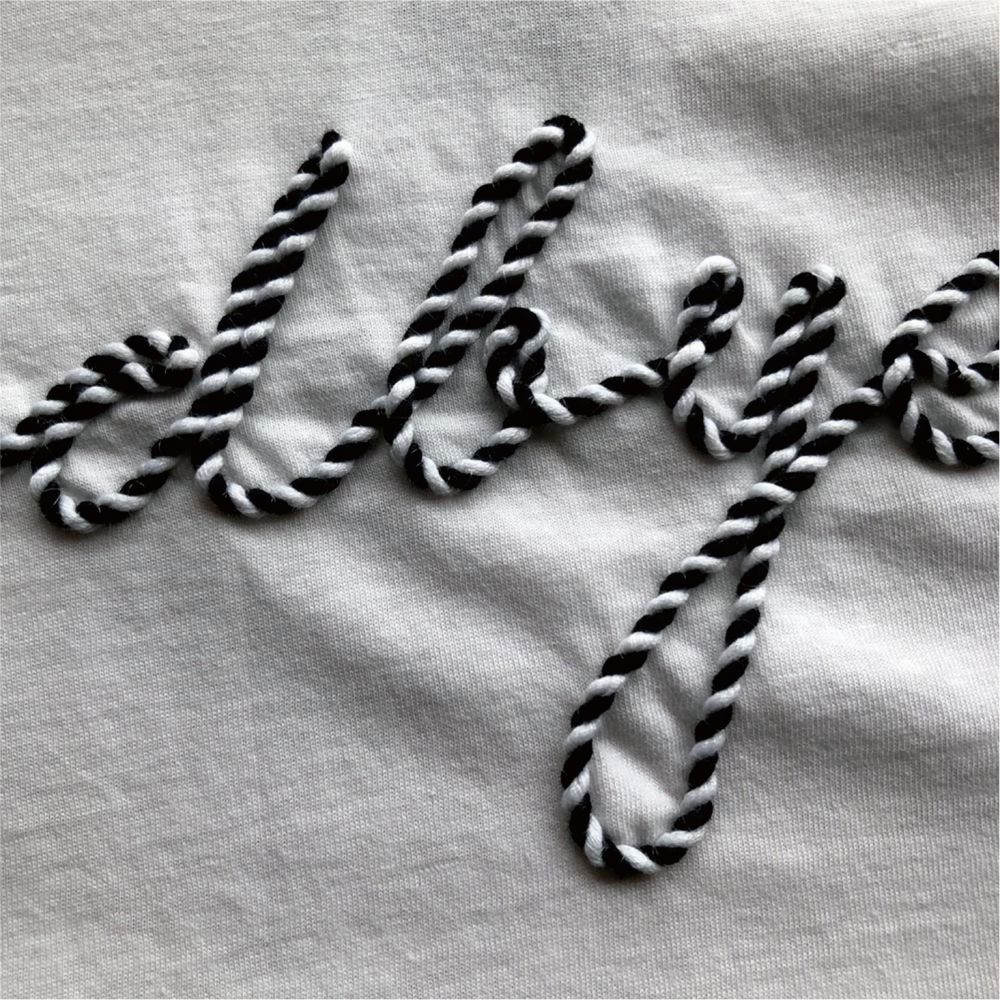
Tapping Embroidery
was initially introduced as a type of embroidery pattern by the Tajima embroidery machine in Japan. It is now divided into independent Tapping Embroidery and simplified Tapping Embroidery.
Tapping embroidery is a type of embroidery that involves threading ribbons of varying widths through a nozzle and then securing them onto textiles with a fish thread. It is commonly used on clothing and fabrics, creating three-dimensional patterns. It is a relatively new computerized embroidery technique that has gained widespread application.
As a specialized computerized embroidery machine, "tapping embroidery" complements the functions of flat embroidery machines. Its introduction has filled in many embroidery tasks that flat embroidery machines cannot complete, enhancing the three-dimensional effect of computerized embroidered products and making the presentation more diverse and colorful.
Independent tapping embroidery machines can perform various needlework techniques such as winding embroidery, ribbon embroidery, and cord embroidery. They typically use 15 different sizes of ribbons ranging from 2.0 to 9.0 mm in width and 0.3 to 2.8 mm in thickness. In our products, it is commonly used for women's T-shirts and jackets.
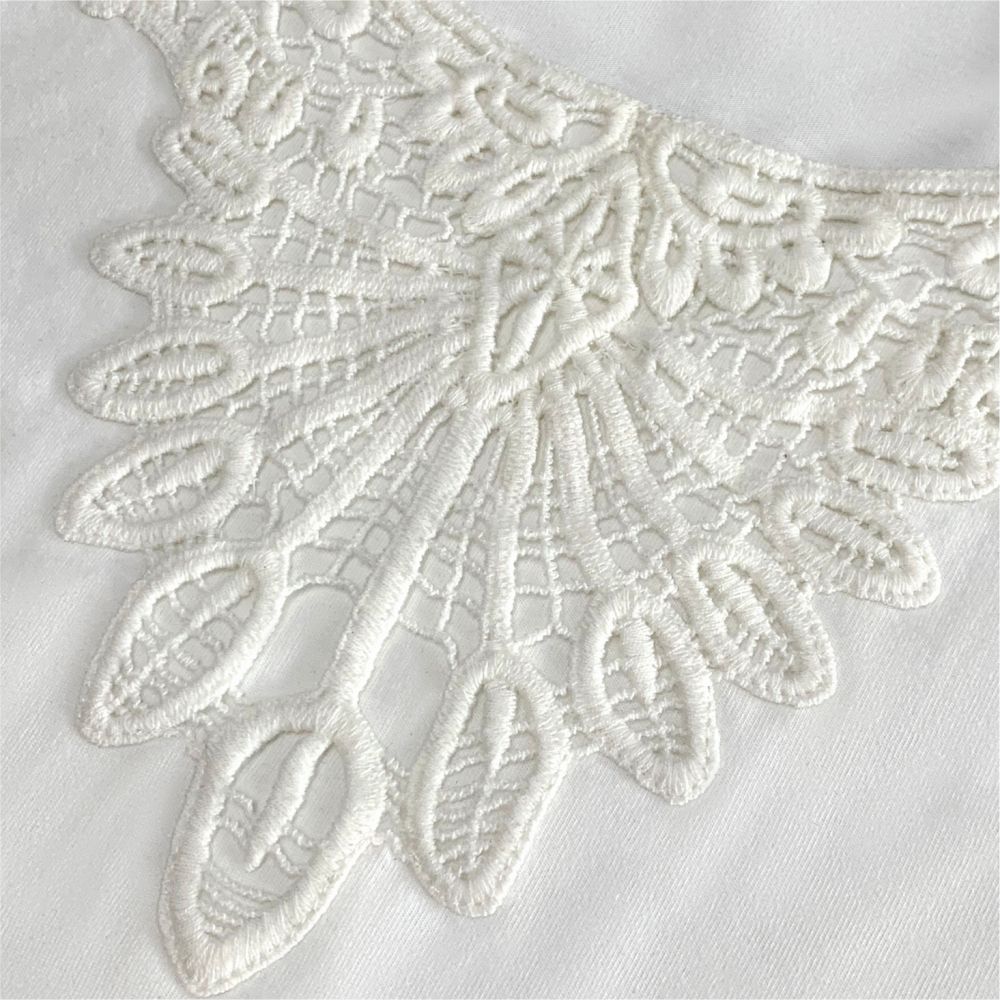
Water-soluble lace
is a major category of embroidered lace, which uses water-soluble non-woven fabric as the base fabric and adhesive filament as the embroidery thread. It is embroidered on the base fabric using a computerized flat embroidery machine, and then undergoes hot water treatment to dissolve the water-soluble non-woven base fabric, leaving behind a three-dimensional lace with a sense of depth.
Conventional lace is made by flat pressing, while water-soluble lace is made by using water-soluble non-woven fabric as the base fabric, adhesive filament as the embroidery thread, and undergoing hot water treatment to dissolve the water-soluble non-woven base fabric, resulting in a three-dimensional lace with a delicate and luxurious artistic feel. Compared to other lace types, water-soluble lace is thicker, has no shrinkage, a strong three-dimensional effect, a neutral fabric composition, and does not become soft or stiff after washing, nor does it fuzz.
Water-soluble lace is commonly used in our products for women's knitted t-shirts.
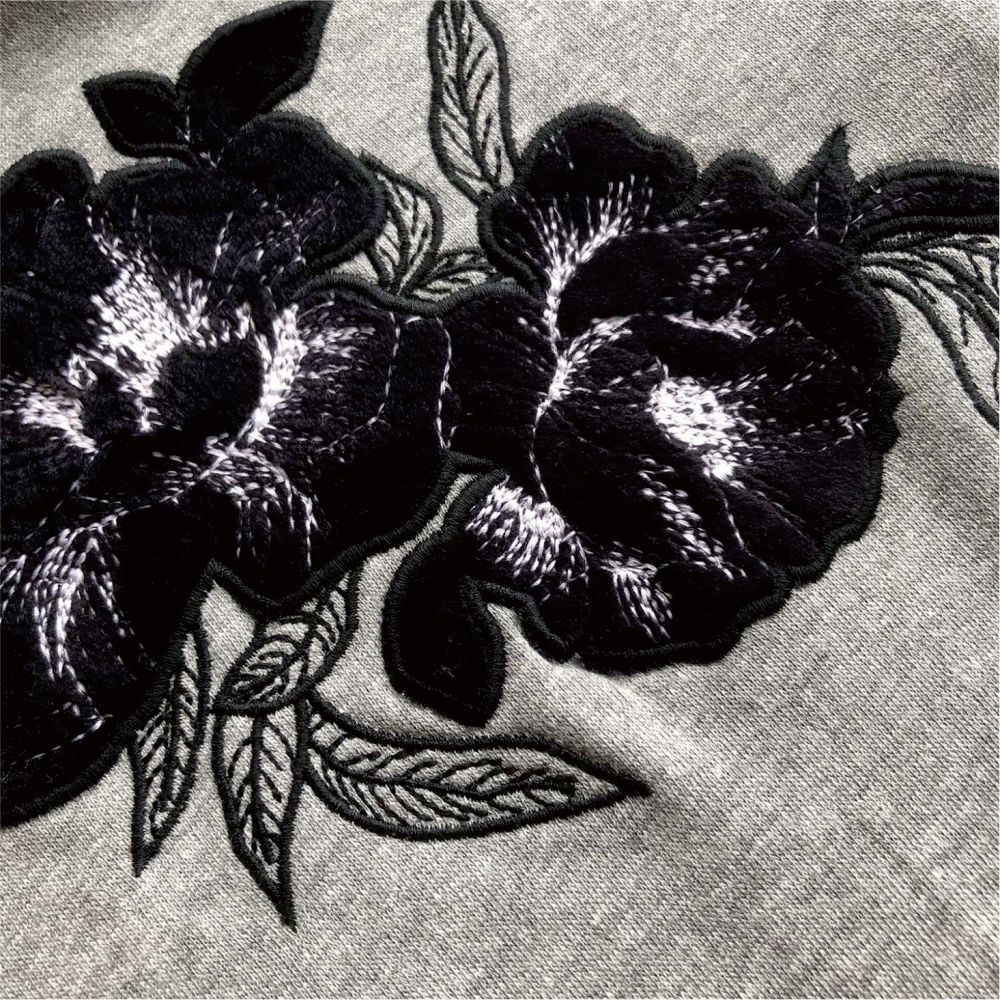
Patch Embroidery
also known as patchwork embroidery is a form of embroidery in which other fabrics are cut and embroidered on clothing. The appliqué cloth is cut according to the requirements of the pattern, pasted on the embroidery surface, or you can line the cotton between the appliqué cloth and the embroidery surface to make the pattern have a three-dimensional feeling, and then use various stitches to lock the edge.
Patch embroidery is to paste another layer of fabric embroidery on the fabric, increase the three-dimensional or split-layer effect, the composition of the two fabrics should not be too different.the edge of the patch embroidery needs to be trimmed; the elasticity or density of the fabric is not enough after embroidery is easy to appear loose or uneveness.
Suitable for: sweatshirt, coat, children's clothing, etc.
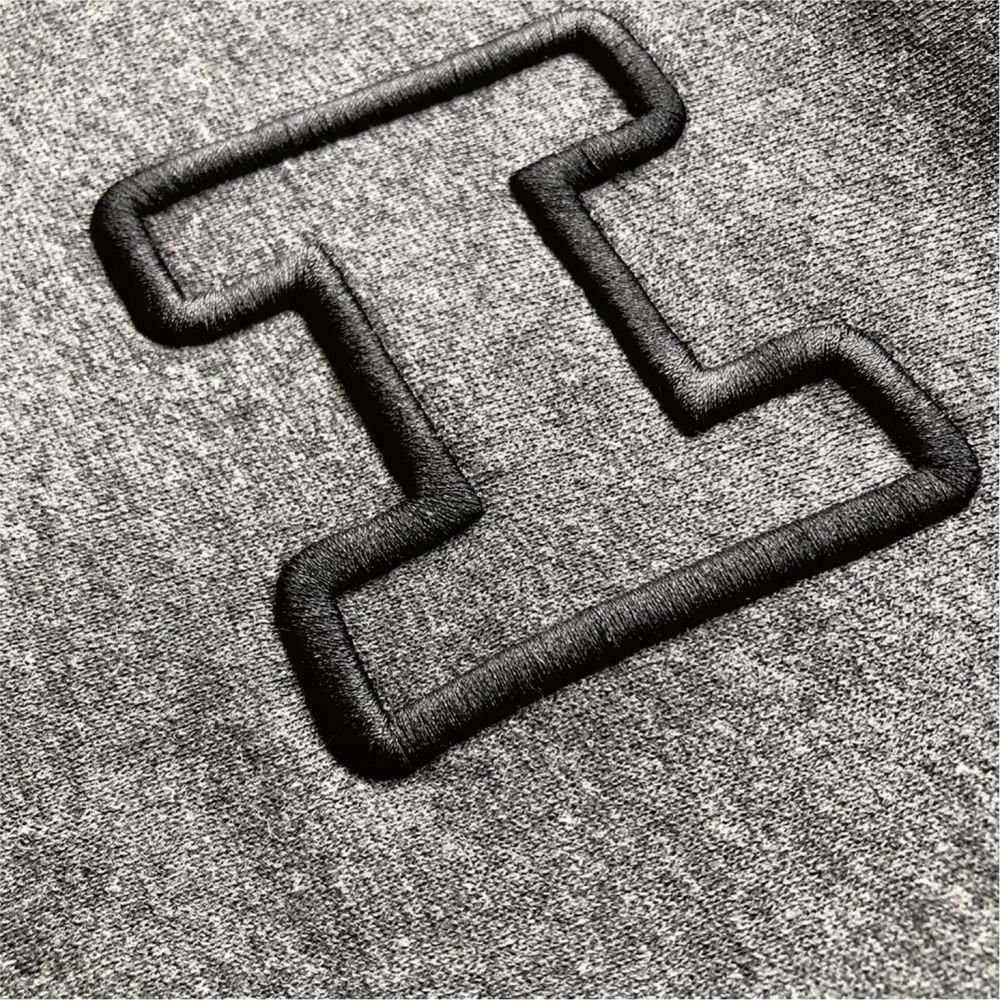
Three-dimensional Embroidery
is a stitching technique that creates a three-dimensional effect by using filling threads or materials. In three-dimensional embroidery, the embroidery thread or filling material is stitched onto the surface or base fabric, forming raised three-dimensional patterns or shapes.
Generally, eco-friendly filling materials such as foam sponge and polystyrene board are used, with a thickness ranging from 3 to 5 mm between the presser foot and the fabric.
Three-dimensional embroidery can achieve any shape, size, and design, providing a sense of depth and dimension, making the patterns or shapes appear more lifelike. In our products, it is commonly used to create designs on T-shirts and sweatshirts.
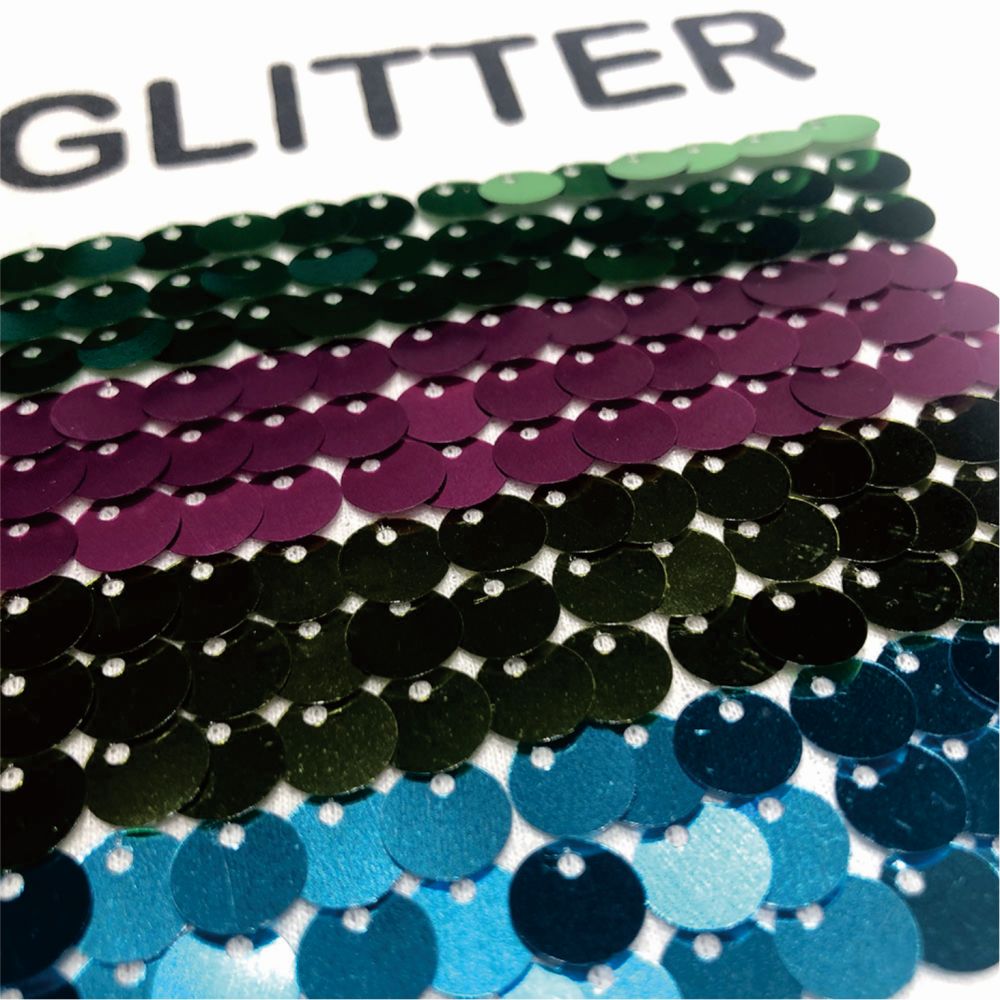
Sequin Embroidery
is a technique that uses sequin to create embroidered designs.
The process of sequin embroidery typically involves individually placing sequins in designated positions and securing them to the fabric with thread. Sequins come in a variety of colors, shapes, and sizes. The result of sequins embroidery is exquisite and luminous, adding a dazzling visual effect to the artwork. Computerized sequins embroidery can be done on matching fabric or by cutting pieces and embroidering them in specific patterns.
Sequins used in embroidery should have smooth and neat edges to prevent snagging or thread breakage. They should also be heat-resistant, environmentally friendly, and colorfast.
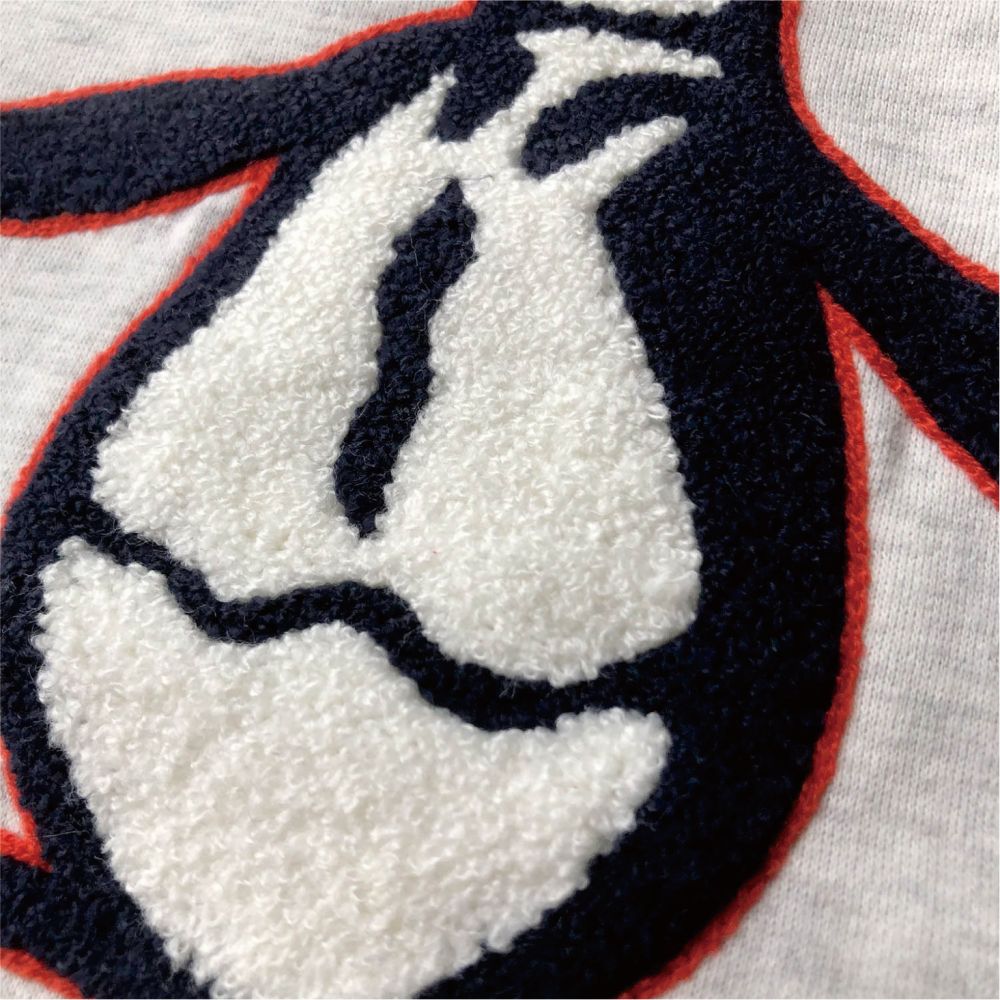
Towel Embroidery
can combine with felt as a base to achieve a multi-layered fabric effect. It can also adjust the thickness of the thread and the size of the loops to create different levels of texture. This technique can be applied consistently throughout the design. The actual effect of towel embroidery is similar to having a piece of towel cloth attached, with a soft touch and a variety of color variations.
Suitable for: sweatshirts, children's clothing, etc.
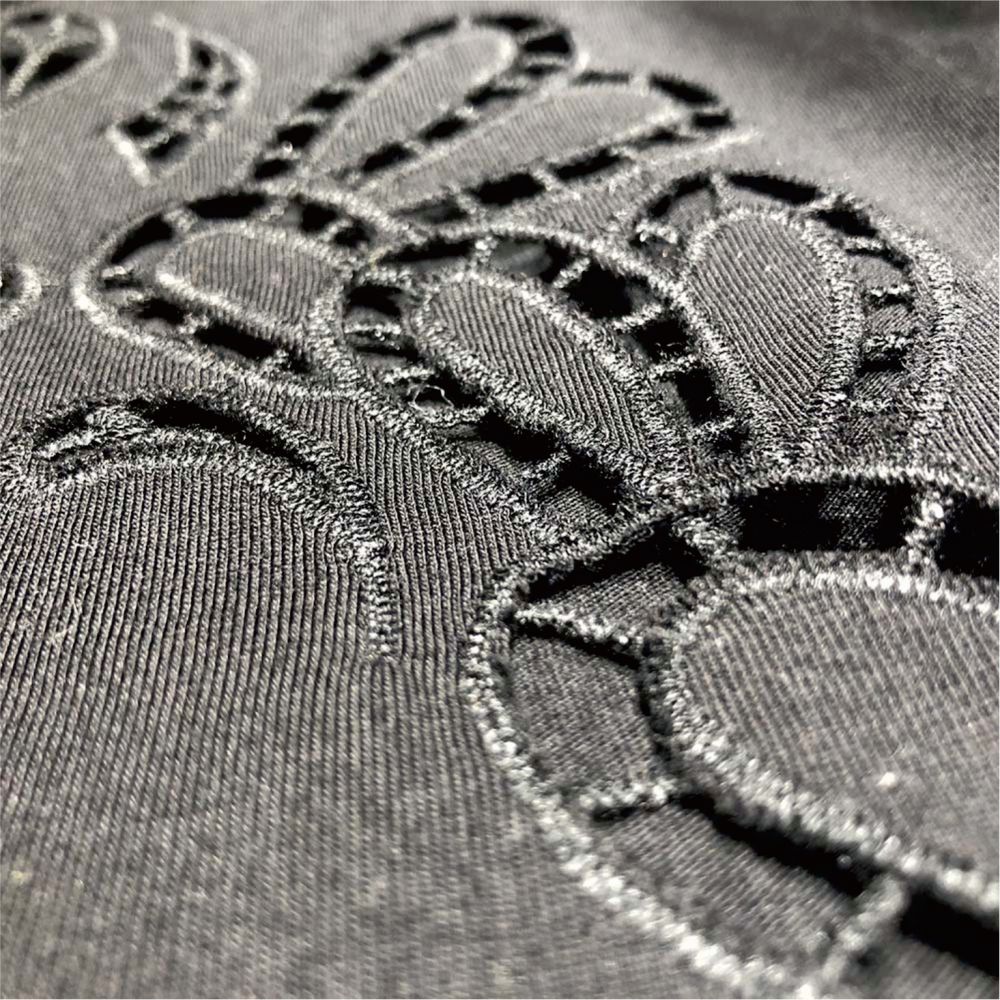
Hollow Embroidery
is also known as hole embroidery, involves using tools such as a cutting knife or punching needle installed on an embroidery machine to create holes in the fabric before embroidering the edges. This technique requires some difficulty in plate making and equipment, but it produces a unique and impressive effect. By creating hollow spaces on the fabric surface and embroidering according to the design pattern, hollow embroidery can be done on the base fabric or on separate fabric pieces. Fabrics with good density are more suitable for hollow embroidery, while fabrics with sparse density are not recommended as they may easily fray and cause the embroidery edges to fall off.
In our products, it is suitable for women's t-shirts and dresses.
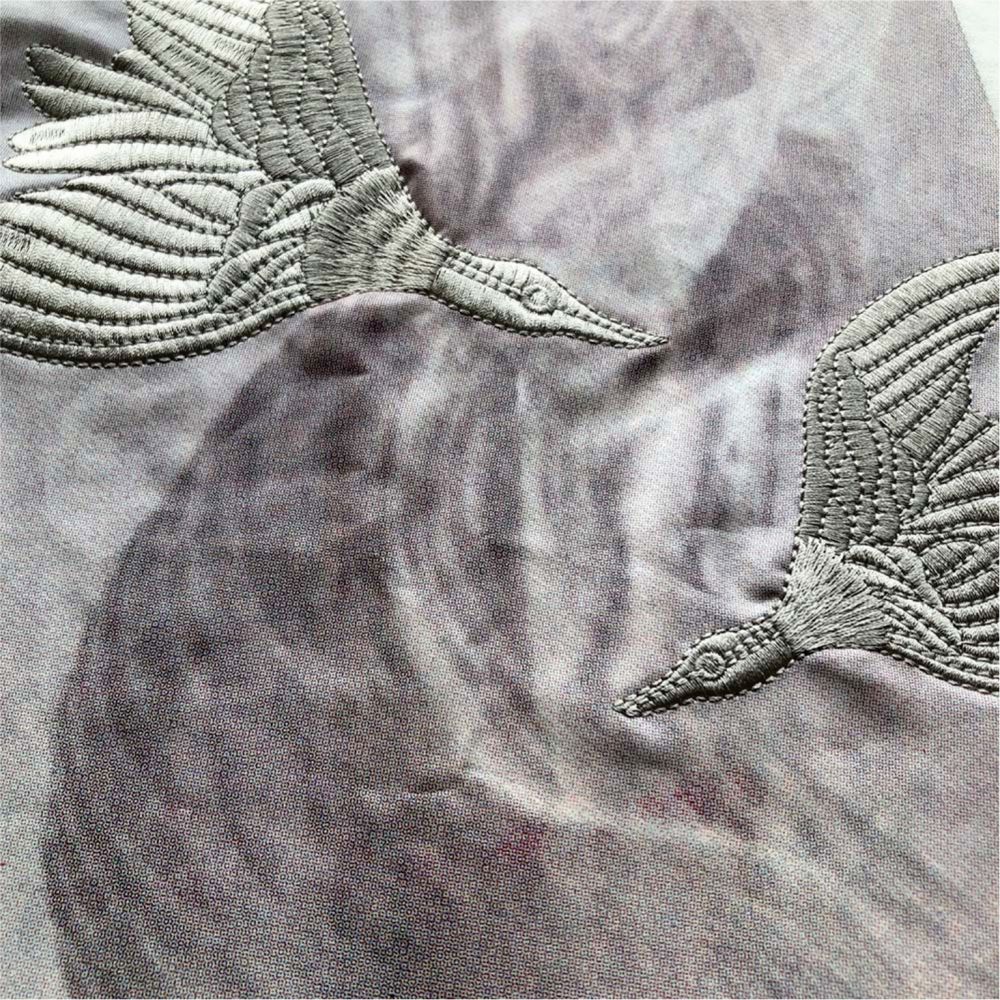
Flat Embroidery
is the most widely used embroidery techniques in the garments. It is based on a flat plane and the needle passes through both sides of the fabric, unlike 3D embroidery techniques.
The characteristics of Flat embroidery are smooth lines and rich colors. It is created using fine embroidery needles and different types and colors of silk threads (such as polyester threads, rayon threads, metallic threads, silk threads, matte threads, cotton threads, etc.) to embroider patterns and motifs on the fabric as required. Flat embroidery can depict various details and motifs, such as flowers, landscapes, animals, etc.
It can be applied to a variety of products such as polo shirts, hoodies, T-shirts, dresses, etc.
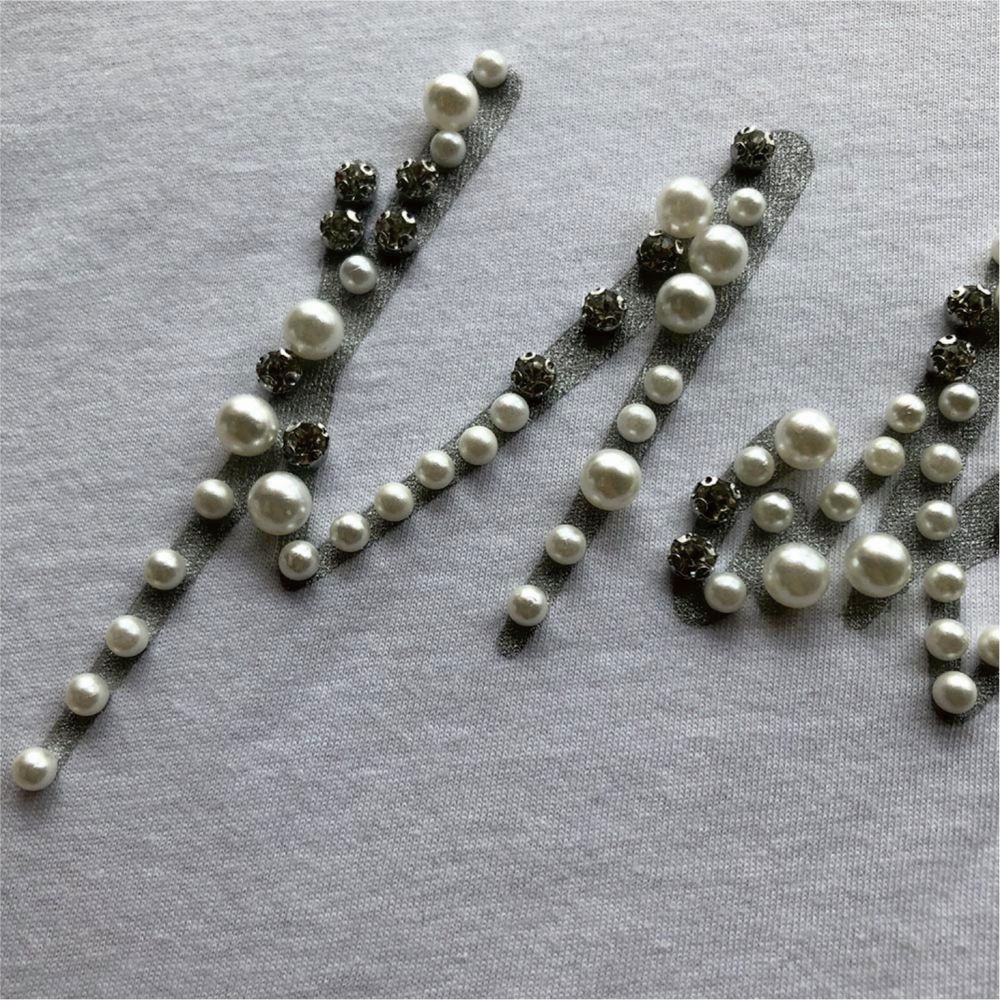
Bead Embellishment
There are machine-sewn and hand-sewn methods for bead embellishment. It is important for the beads to be securely attached, and the thread ends should be knotted. The luxurious and glamorous effect of bead embellishment is widely used in clothing, often appearing in the form of combined patterns or arranged shapes such as round, rectangular, teardrop, square, and octagonal. It serves the purpose of decoration.
RECOMMEND PRODUCT




